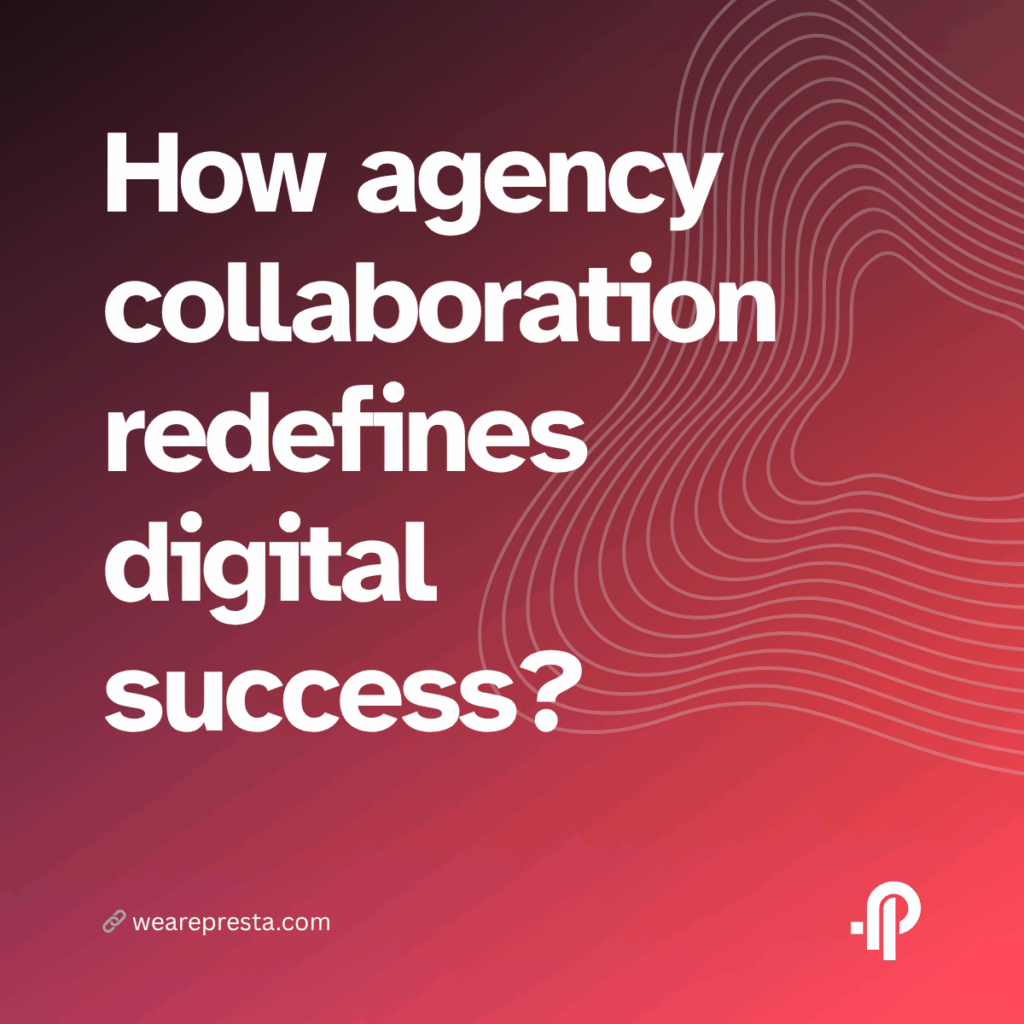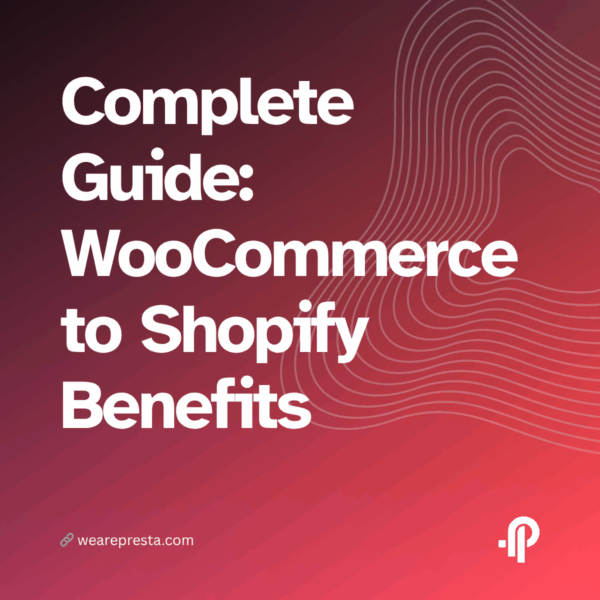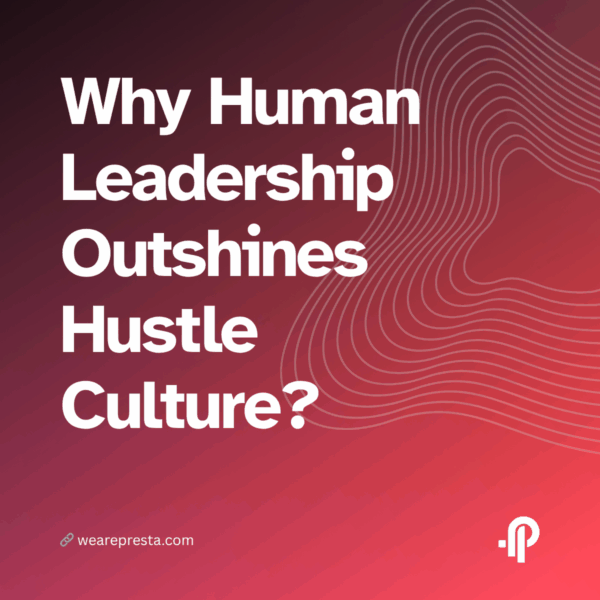From Vendor to Partner: How agency collaboration redefines digital success
Agencies are shifting from vendors to strategic partners, with 67% of companies involving them in long-term planning. Generative AI has transformed agency roles, pushing 73% of leaders to adapt their strategies. Collaboration tool usage rose from 55% to 79% in two years. Digital agencies saw 12% annual revenue growth, while 36% charge between $175-$199 per hour, highlighting the evolving landscape of agency collaboration and its impact on digital success.

Introduction
In today’s fast-paced digital landscape, the relationship between businesses and their agencies is evolving. It’s no longer just about hiring a vendor for a quick task; companies are looking for strategic partners who can contribute to long-term goals and business planning. This shift fosters collaboration, driving innovation and success in ways that traditional models simply can’t achieve.
Recent findings indicate that sixty-seven percent of companies are now involving their agencies in long-term business strategies rather than merely transactional campaigns, highlighting a significant transformation in agency-client dynamics (HubSpot). This collaborative approach not only enhances creativity but also leads to more tailored solutions that resonate with target audiences, ultimately redefining what digital success looks like.
Key Concepts
The shift from vendor to partner signifies a transformative approach to collaboration. This change emphasizes mutual investment in long-term goals, enhancing creativity and innovation. Agencies and clients are now co-creating strategies that resonate deeply with audiences, rather than merely executing predefined tasks.
As collaboration deepens, the adoption of integrated tools has skyrocketed, with usage rising from fifty-five percent in 2019 to seventy-nine percent in 2021. This leap underscores the crucial role of these platforms in facilitating seamless workflows between agencies and their clients, paving the way for more effective and dynamic partnerships (Amra & Elma).
With agencies experiencing twelve percent annual revenue growth over the last five years, it’s clear that this collaborative model is not just beneficial for creativity but also for business success. As the landscape continues to evolve, the focus will remain on building deeper, more meaningful relationships that drive results.
Implementation
Agencies transitioning from vendor to partner roles must focus on a structured implementation process. This involves aligning goals and expectations right from the start, ensuring that both parties are on the same page. Open communication fosters trust and enables collaboration, allowing for more agile responses to challenges as they arise.
To solidify this partnership, agencies should adopt integrated tools that streamline workflows and enhance transparency. By utilizing platforms that facilitate real-time feedback and project tracking, both teams can remain engaged and proactive. As agencies continue to evolve, it’s crucial to embrace innovative strategies that keep pace with market demands, ultimately driving mutual growth and success (Digital Agency Network).
Best Practices
To effectively transition from a vendor to a partner, agencies must prioritize building trust. This begins with open and transparent communication, allowing both parties to voice their expectations and concerns. Regular check-ins foster a collaborative atmosphere where feedback can be shared freely, ensuring alignment on goals and strategies.
Another best practice involves leveraging data and insights to guide decision-making. By analyzing performance metrics and market trends, agencies can tailor their approaches to meet clients’ evolving needs. This data-driven mindset not only enhances campaign effectiveness but also strengthens the partnership as both sides work toward shared objectives (Promethean Research).
Establishing a culture of innovation is also crucial. Agencies should be open to experimenting with new technologies and creative strategies, allowing them to stay ahead of the curve. This fosters an environment where both teams can explore fresh ideas and solutions, ultimately leading to more impactful outcomes.
Conclusion
The transition from a vendor to a partner model is not just a trend; it’s a fundamental shift that redefines how businesses achieve digital success. By fostering deeper collaboration, agencies and clients can unlock untapped potential, driving innovation and creativity that resonate with audiences on a meaningful level.
As companies increasingly recognize the value of this partnership approach, the benefits become clear. With a focus on mutual goals, transparent communication, and shared strategies, businesses can navigate the ever-changing digital landscape more effectively. Embracing this collaborative mindset sets the stage for long-term growth and success in an increasingly competitive marketplace (Promethean Research).
Frequently Asked Questions
How can agencies become true partners instead of just vendors?
Agencies can become true partners by actively participating in long-term business strategies and co-creating solutions that align with client goals, rather than merely executing tasks.
What percentage of companies involve agencies in long-term strategies?
Currently, sixty-seven percent of companies involve their agencies in long-term business strategies, reflecting a significant shift in the agency-client relationship towards collaboration and mutual investment.
What are the benefits of agency collaboration?
Agency collaboration enhances creativity and innovation, leading to more tailored solutions that resonate with target audiences, ultimately redefining digital success beyond mere transactional outcomes.
How has the adoption of integrated tools changed in recent years?
The adoption of integrated tools surged from fifty-five percent in 2019 to seventy-nine percent in 2021, showcasing the growing importance of technology in facilitating deeper agency-client collaboration.
What role does co-creation play in agency-client relationships?
Co-creation allows agencies and clients to develop strategies that are more aligned with audience needs, fostering a sense of shared ownership and driving better results than traditional vendor-client models.

